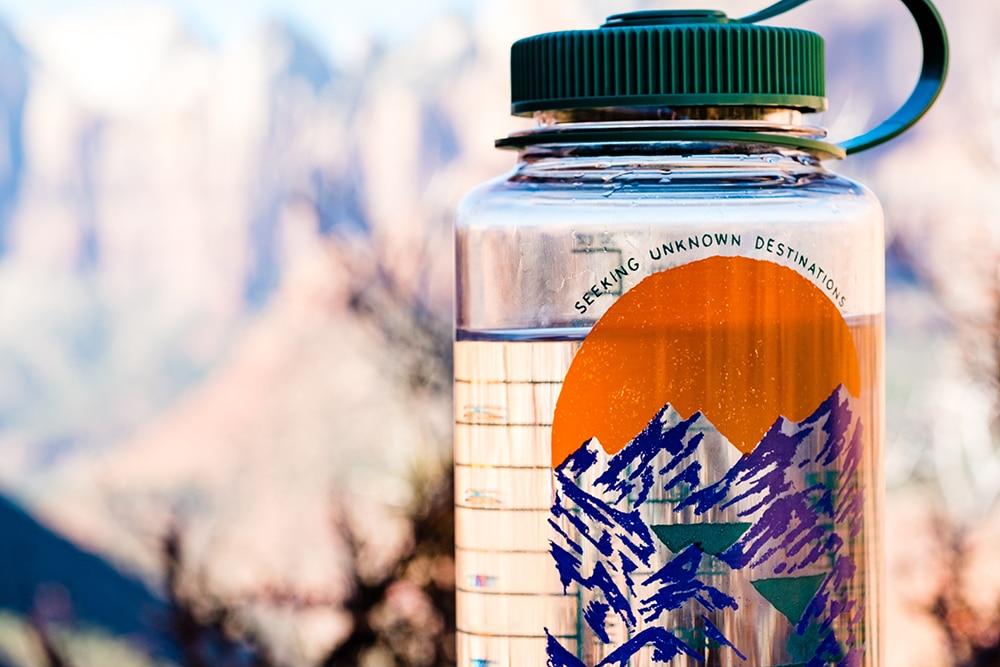Summer is upon us which means the temperature is rising! Dehydration is a risk for everyone during hot weather. Your body will require more water during this time of year or if travelling to a warm destination. Also to be aware that high blood sugars can decrease the water in your body; therefore, a hot climate could make this worse.
Why does this happen? Your kidneys are filters in the body. When there is too much sugar in the blood, the kidneys will try and remove the excess sugar in our urine, which also means your body will also be losing water. Therefore it is very important to drink water to help replace the loss and rehydrate the blood.
Signs of dehydration include:
-
Thirst
-
Headache
-
Dry mouth & dry eyes
-
Dizzy
-
Tired
-
Dark yellow coloured urine
If you are feeling confused, lethargic and have low blood pressure, seek medical attention right away as these are some signs of severe dehydration. Also, certain types of medications should be stopped during periods of dehydration. Talk to your diabetes team to learn more about your medications.
If you inject insulin, always store insulin in a cool place, away from the sun, as the heat can damage the insulin. You can store unused insulin in a FRIO pack, a smaller cooler or in a thermos lined with a damp cloth. It is good practice to regularly check the appearance of your insulin. If you notice a change (cloudy, crystals, change in colour, etc.) use a new insulin vial, pen or cartridge. Your insulin should not exceed 30 degrees Celsius.
Whether you are enjoying the summer months at home or decide to travel, a change in routine can change your diabetes management – always plan ahead!
Aim to visit your doctor 4 weeks before your trip and request a travel letter explaining your diabetes and diabetes supplies. Some airports and airlines will require a medical note stating your need for medication, glucose meter, lancets, needles, test strips and insulin. When flying, always bring your insulin supplies, hypoglycemia treatment and extra snacks in your carry –on bag and not in your suitcase in case it gets lost. Travelling through time zones may impact your insulin doses and timing. Discuss with your doctor or diabetes educator to help plan for these changes.
If travelling by sea, always notify the cruise ship that you have diabetes in case you have any issues or a medical emergency which they can be prepared for.
Planning a road trip? You should never drive if your blood sugar is less than 5. Aim to monitor your blood sugar at least every 4 hours and use this time to stretch your legs and move around. If you are experiencing a low blood sugar (less than 4) while driving, pull over immediately and treat. It is very important to wait until your blood sugar is at least 5 and waiting 40 minutes after treating to continue driving. Even though you may feel better after 15 minutes, your brain needs at least 40 minutes to recover from a low blood sugar.
Regardless of your mode of transportation, wearing a medical ID (i.e. Medic Alert bracelet or necklace) is the best way to communicate to others that you have diabetes and may require assistance.
Travelling and temperature are variables that can change our diabetes management. Be prepared, stay hydrated and don’t forget your sunscreen!
For more information regards to purchasing a FRIO pack, visit www.diabetesexpress.ca


